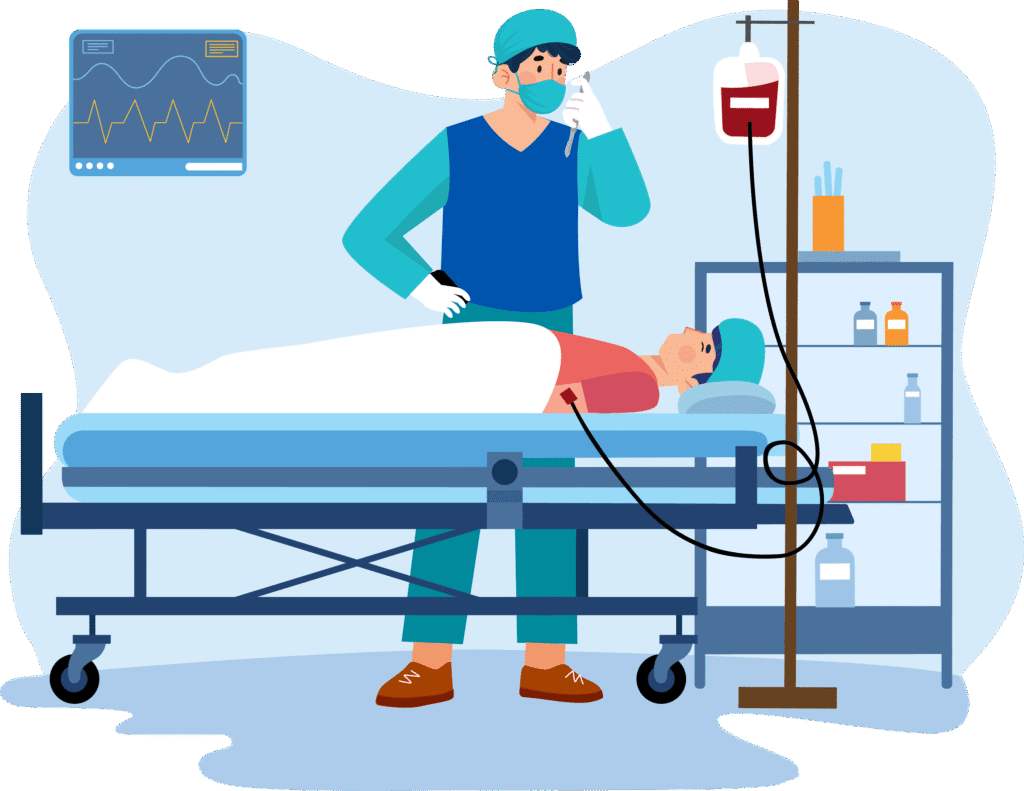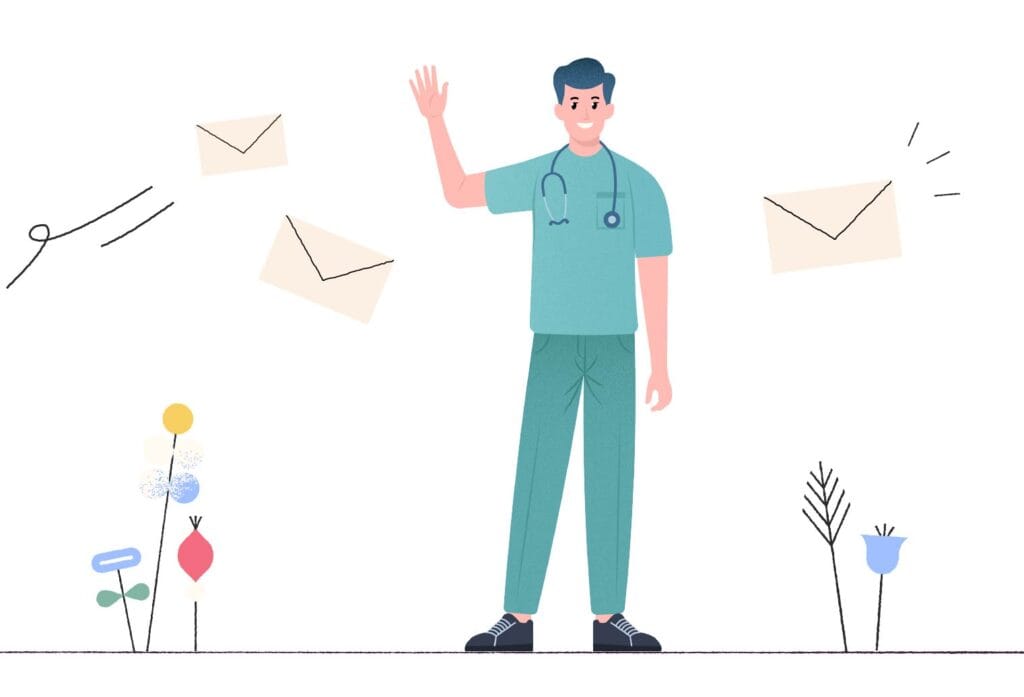Feedback can be tricky. Done well, it’s a powerful tool for growth. Done poorly, it can demoralize even the most motivated learner. In EPA-based training, where learners are assessed on real-world clinical tasks, the stakes are even higher. That’s because EPA-based learning isn’t just about grading skills, it’s about building trust.
EPAs, or Entrustable Professional Activities, bundle key competencies into meaningful, observable tasks like managing a ward round or discharging a patient. They shift the focus from isolated skills to real-life responsibilities. In this context, feedback plays a crucial role. Trust isn’t built on grades; it’s built on intentional, supportive, and consistent feedback. And when done right, feedback doesn’t just shape performance:it transforms the entire learning environment.
Feedback = growth, not just grades
In EPA-based training, feedback isn’t just something that happens after a test. It’s woven into the fabric of daily clinical life: quick comments after a patient interaction, debriefs after a busy shift, and reflective discussions at the end of the day.
This kind of ongoing, real-time feedback helps trainees:
- Understand their current level of performance.
- Recognize what they’re doing well.
- Identify what they still need to work on.
And most importantly, it sends a clear message: You’re not expected to be perfect. You’re expected to learn.


Why feedback shapes the learning environment
Feedback isn’t just about improving clinical skills. It also shapes how trainees feel. Are they safe to ask questions? Comfortable making mistakes? Motivated to grow?
The tone and delivery of feedback matter. A quick, thoughtful comment like, “Nice job managing that patient’s concerns—your empathy really came through,” can do wonders for confidence. On the flip side, vague or overly critical feedback can shut a learner down.
In a positive learning environment, feedback is:
- Frequent i.e. not saved up for the end of a rotation
- Specific pointing out exactly what was done well or needs work
- Supportive focused on improvement, not judgment
Trust and entrustment go hand-in-hand
In EPA-based training, trainers are constantly deciding: Can I trust this trainee to do this on their own? That decision doesn’t come from a single moment, it’s built over time, through patterns of feedback.
When feedback is clear and consistent, it becomes the foundation for those big entrustment decisions. And when trainees understand the “why” behind feedback, they’re more likely to grow from it, not just check a box.
Feedback should be a two-way street
Let’s not forget: trainees aren’t the only ones who benefit from feedback. When trainers ask trainees, “How was that teaching session for you?” or “Was that feedback helpful?”, it sends a powerful message: Learning is a partnership.
Encouraging trainers to reflect on and even seek feedback helps them become more self-aware and proactive. It also strengthens the relationship between supervisor and trainee, which is key to creating a positive learning culture.
Final thoughts: making feedback a habit, not a hassle
In a busy clinical setting, it’s easy for feedback to fall by the wayside. But the truth is, even small, consistent moments of feedback can have a big impact.
So whether it’s a quick word of encouragement, a thoughtful question, or a moment of reflection—feedback done right is feedback that sticks. It empowers trainees, builds trust, and shapes a learning environment where everyone can thrive.
And in EPA-based training, that kind of environment isn’t just nice to have, it’s essential.
Download our effective feedback guide
We hope this article has given you valuable insights into the power of a strong feedback culture. To support this process, we’ve created a guide based on a well-known feedback model that you, as a trainer, can use to design a feedback process that is both constructive and motivating. The model provides practical strategies for delivering effective feedback. Following the introduction to the model, you’ll find a feedback form template to help structure feedback conversations in a clear and meaningful way. Simply fill in the form below, and we’ll send this document directly to your inbox!
For all other articles and webinars, visit our EPA learning hub!


